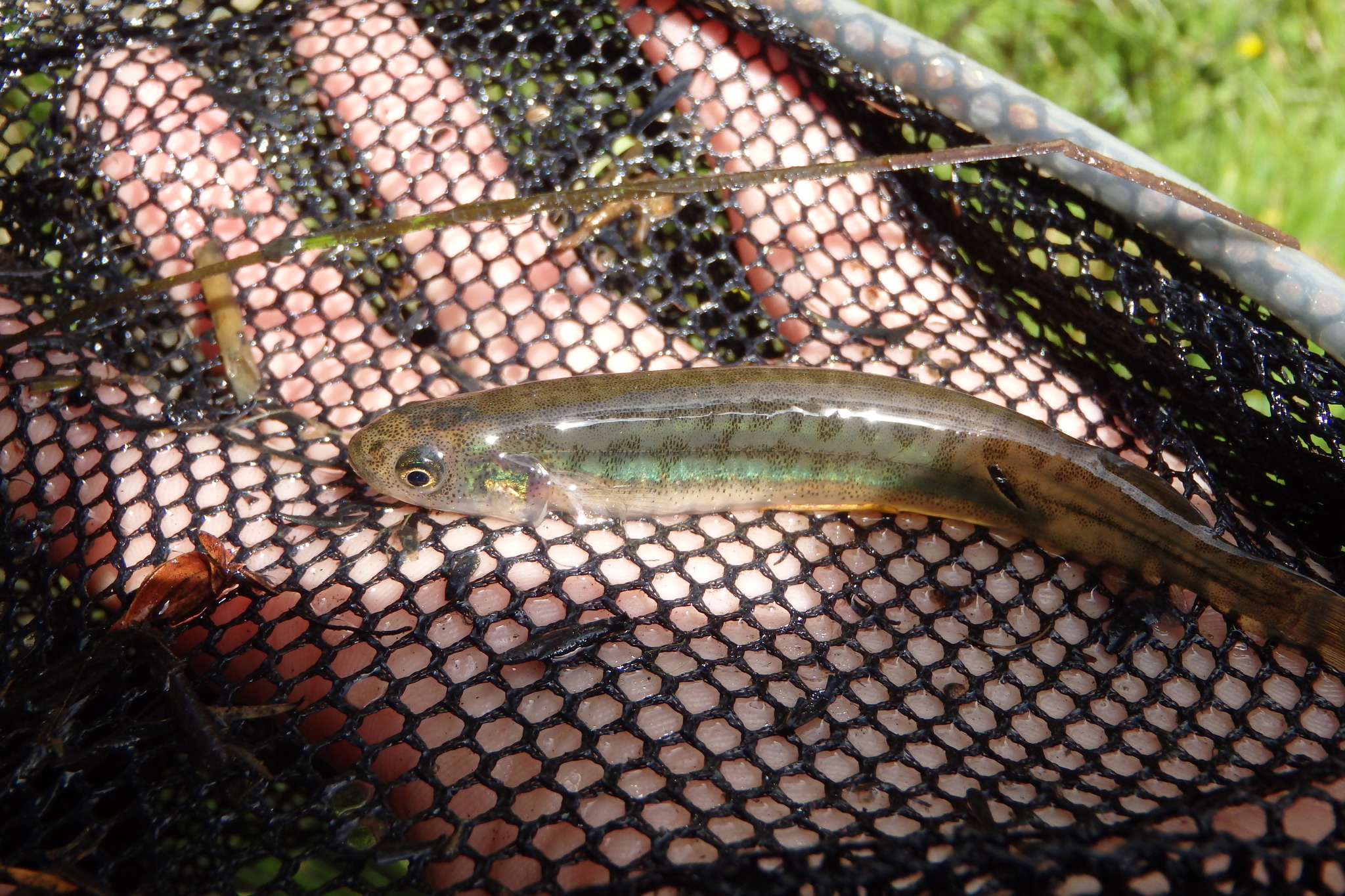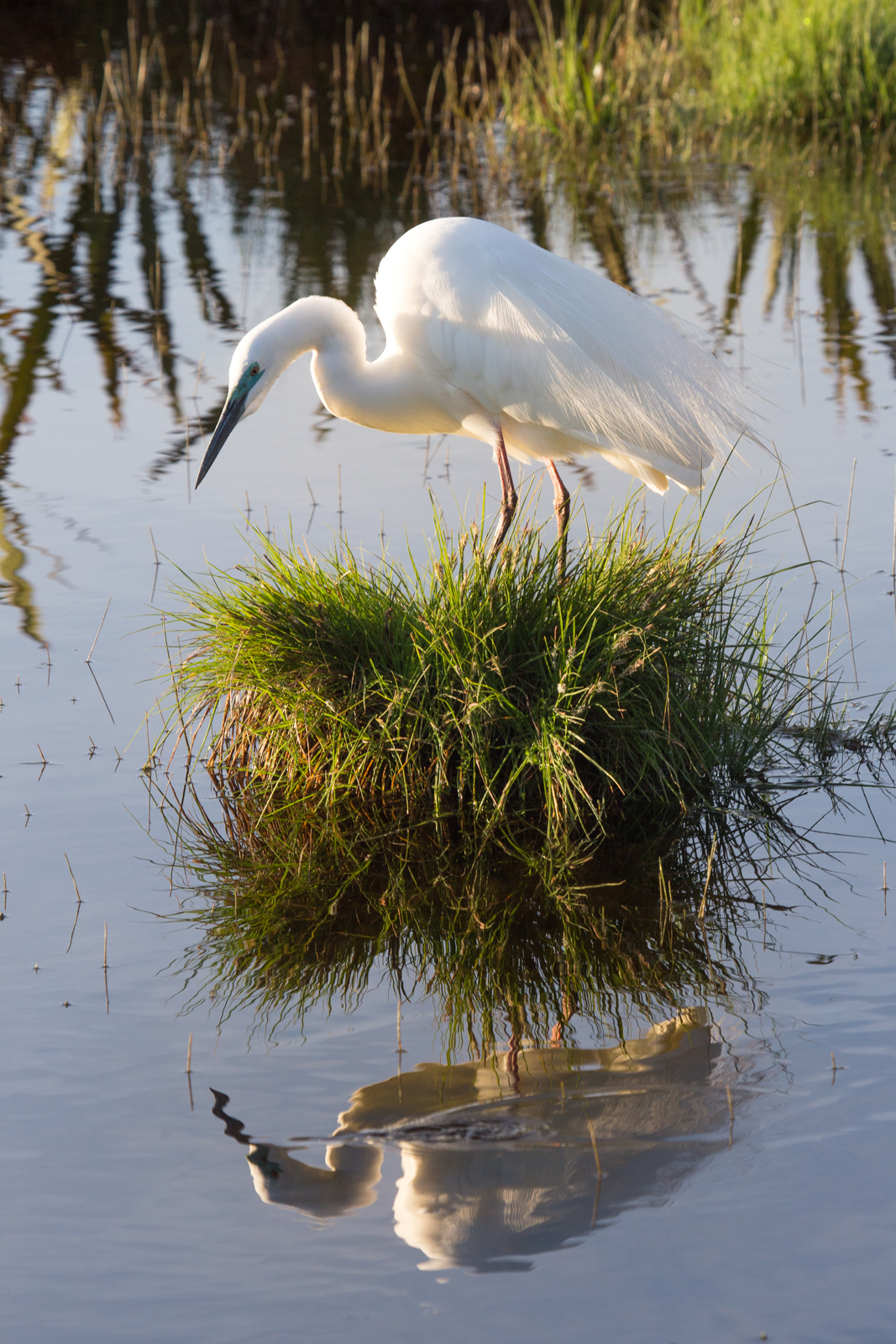Ngahue on:
[Wikipedia]
[Google]
[Amazon]
According to
 According to a
According to a

 The second Te Ramapākura was owned by
The second Te Ramapākura was owned by
Māori mythology
Māori mythology and Māori traditions are two major categories into which the remote oral history of New Zealand's Māori may be divided. Māori myths concern fantastic tales relating to the origins of what was the observable world for the pr ...
Ngahue (sometimes known as Ngake) was a contemporary of Kupe
Kupe ( ~1180-1320) was a legendary Polynesian explorer, navigator and great rangatira of Hawaiki, who is said to have been the first human to discover New Zealand. Whether Kupe existed historically is likely but difficult to confirm. He is ge ...
and one of the first Polynesian explorers to reach New Zealand
New Zealand ( mi, Aotearoa ) is an island country in the southwestern Pacific Ocean. It consists of two main landmasses—the North Island () and the South Island ()—and over 700 smaller islands. It is the sixth-largest island count ...
. He was a native of the Hawaiki
In Polynesian mythology, (also rendered as in Cook Islands Māori, in Samoan, in Tahitian, in Hawaiian) is the original home of the Polynesians, before dispersal across Polynesia. It also features as the underworld in many Māori stories.
...
and voyaged to New Zealand in “ Tāwhirirangi”, his waka
Waka may refer to:
Culture and language
* Waka (canoe), a Polynesian word for canoe; especially, canoes of the Māori of New Zealand
** Waka ama, a Polynesian outrigger canoe
** Waka hourua, a Polynesian ocean-going canoe
** Waka taua, a Māori w ...
(canoe). No time has been fixed for these voyages, but according to legend he discovered pounamu
Pounamu is a term for several types of hard and durable stone found in southern New Zealand. They are highly valued in New Zealand, and carvings made from pounamu play an important role in Māori culture.
Name
The Māori word , also used ...
(Greenstone) and Ngahue killed a Moa
Moa are extinct giant flightless birds native to New Zealand.
The term has also come to be used for chicken in many Polynesian cultures and is found in the names of many chicken recipes, such as
Kale moa and Moa Samoa.
Moa or MOA may also refe ...
(large flightless bird - now extinct). Pounamu was sometimes called Te Ika-o-Ngāhue (Ngāhue's fish) and they took several boulders back to Hawaiki.
Ngai Tahu tradition
Ngati Kahungunu tradition
 According to a
According to a Ngāti Kahungunu
Ngāti Kahungunu is a Māori iwi located along the eastern coast of the North Island of New Zealand. The iwi is traditionally centred in the Hawke's Bay and Wairārapa regions.
The tribe is organised into six geographical and administrative di ...
tradition, Ngahue was a major chief on Hawaiki at the time when the first Māori travelled to New Zealand. In his old age, he remained in Hawaiki, but his sons and grandsons had gone to the new land. Worried that they might not have enough food, Ngahue ordered a large fish to swim to his children, so that they could eat it. The fish reached the Bay of Plenty
The Bay of Plenty ( mi, Te Moana-a-Toi) is a region of New Zealand, situated around a bight of the same name in the northern coast of the North Island. The bight stretches 260 km from the Coromandel Peninsula in the west to Cape Runawa ...
, then swam round East Cape
East Cape is the easternmost point of the main islands of New Zealand. It is located at the northern end of the Gisborne District of New Zealand's North Island. It can also refer to the broader Gisborne cape.
East Cape was originally named "C ...
to Te Motu-o-Kura. There it was caught by an old tohunga
In the culture of the Māori of New Zealand, a tohunga (tōhuka in Southern Māori dialect) is an expert practitioner of any skill or art, either religious or otherwise. Tohunga include expert priests, healers, navigators, carvers, builders, teache ...
, who had been told that it was coming by the atua
Atua are the gods and spirits of the Polynesian peoples such as the Māori mythology, Māori or the Hawaiian religion, Hawaiians (see also ); the Polynesian languages, Polynesian word literally means "power" or "strength" and so the concept is s ...
(gods). When he hauled the fish to shore he cut it in two, leaving half of it on the beach and taking the other half to his ''tūāhu'' altar, where he sacrificed it to the gods, since it was the first fish to be caught that season.
When the ''tohunga'' returned to the beach, the half that he had left behind had been transformed into a lump of pounamu
Pounamu is a term for several types of hard and durable stone found in southern New Zealand. They are highly valued in New Zealand, and carvings made from pounamu play an important role in Māori culture.
Name
The Māori word , also used ...
, which he named ''Te Ika a Ngahue'' ("The fish of Ngahue"). He divided this in two, keeping one half, ''Te Uira a Karapa'' ("The gleam of Karapa"), for himself, and giving the other half ''Te Ramapākura'' to the people.
Tūnui made ''Te Uira a Karapa'' into the threshold of his door and windows, but he subsequently offended the gods and they caused a great earthquake
An earthquake (also known as a quake, tremor or temblor) is the shaking of the surface of the Earth resulting from a sudden release of energy in the Earth's lithosphere that creates seismic waves. Earthquakes can range in intensity, from ...
to swallow up the whole house.
''Te Ramapākura'' was itself cut in two. One half of it was declared tapu and only the tohunga and his descendants were allowed to see it. They maintained possession of it for ten generations, but then it was lost. The other half of ''Te Ramapākura'' was used to make several famous mere
Mere may refer to:
Places
* Mere, Belgium, a village in East Flanders
* Mere, Cheshire, England
* Mere, Wiltshire, England
People
* Mere Broughton (1938–2016), New Zealand Māori language activist and unionist
* Mere Smith, American televisi ...
and adzes, including Pahikaure, Kaiarero, Te Rito-o-te-rangi, Te Inumanga-a-wai, and a second Te Ramapākura.
The pieces of Te Ramapākura

 The second Te Ramapākura was owned by
The second Te Ramapākura was owned by Te Whareumu
Te Whareumu (died 1828) was the ariki and warrior chief of Ngāti Manu, a hapū within the Ngāpuhi iwi based in the Bay of Islands in New Zealand.
Te Whareumu was the most important chief in the Kororakeka area in his day. He was a warrior c ...
of Ngāpuhi
Ngāpuhi (or Ngā Puhi) is a Māori iwi associated with the Northland region of New Zealand and centred in the Hokianga, the Bay of Islands, and Whangārei.
According to the 2018 New Zealand census, the estimated population of Ngāpuhi is 165, ...
in the early nineteenth century and was in the possession of Wiremu Te Paihau of Te Māhia peninsula as of 1959.
Kaiarero and Pahikaure were kept by Ngāti Pāhauwera
Ngāti Pāhauwera is a Māori iwi of Aotearoa.
See also
*List of Māori iwi
This is a list of iwi (New Zealand Māori tribes). List of iwi
This list includes groups recognised as iwi (tribes) in certain contexts. Many are also hapū (sub- ...
at Te Aratipi (inland from Te Motu-o-Kura) and were taken from them by Ngāti Tūwharetoa
Ngāti Tūwharetoa is an iwi descended from Ngātoro-i-rangi, the priest who navigated the Arawa canoe to New Zealand. The Tūwharetoa region extends from Te Awa o te Atua (Tarawera River) at Matatā across the central plateau of the North Isla ...
, when they captured Te Aratipi around 1820. The two commanders of the force, Manunui Te Heuheu II and Te Whakarau, each received one of them. The two pieces were made of the ''īnanga rere'' type of greenstone, so called because it is silvery like an īnanga fish. Kaiarero was an axe decorated with kōtuku feathers. Pahikaure is a mere, with a shiny silver band of ''īnanga'' running through it.
Later in the nineteenth century, Te Whakarau lent Pahikaure to his son-in-law Te Herekiekie, to present as a temporary offering at a funeral for a relative in Ngāti Hinewai. Under the tradition of ''kōpaki'', it was expected that the heirs of deceased would return it to the donors at a subsequent funeral. When Te Papunui (Te Herekiekie's wife and Te Whakarau's daughter) died, Ngāti Hinewai set out with Pahikaure in order to offer it to Te Papunui in turn. However, on the journey, they met Manunui Te Heuheu II and he gave them Kaiarero to offer instead, taking Pahikaure for himself. After the funeral, Te Herekiekie gave Kaiarero to his uncle, Te Kotukuraeroa, who lost it when he was crossing the Manganuioteao River. It was said that Kaiarero had dissolved itself in the water, which was traditionally believed to be a power of ''īnanga rere'', and returned to the ocean from which it had originally come. One of Te Kotukuraeroa's relatives, Pēhi Turoa, gave him one of his ''mere'', Irawaru, which was eventually returned to Te Heuheu as restitution for Kaiarero.
Pahikaure is still held by Ngāti Tūwharetoa and is considered one of the tribe's great treasures. According to tradition, it changes colour, becoming dark and murky whenever a member of the Te Heuheu family is about to die. John Te Herekiekie Grace
John is a common English name and surname:
* John (given name)
* John (surname)
John may also refer to:
New Testament
Works
* Gospel of John, a title often shortened to John
* First Epistle of John, often shortened to 1 John
* Second E ...
reports that he saw this happen in May 1929 at the death of Te Kahui Te Heuheu. The chieftainess Te Rerehau Kahotea is depicted holding it in a 1906 painting by Wilhelm Dittmer, called ''The keeper of Pahikaure'' which is now in Te Papa Tongarewa
The Museum of New Zealand Te Papa Tongarewa is New Zealand's national museum and is located in Wellington. ''Te Papa Tongarewa'' translates literally to "container of treasures" or in full "container of treasured things and people that spring fr ...
.
References
Bibliography
*{{cite book , last1=Grace , first1=John Te Herekiekie, title=Tuwharetoa: The history of the Maori people of the Taupo District, date=1959 , publisher=A.H. & A.W. Reed, location=Auckland .Z., asin=B0007JE64K, isbn=9780589003739 Legendary Māori people Polynesian navigators